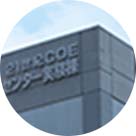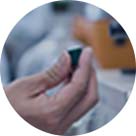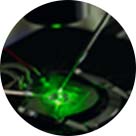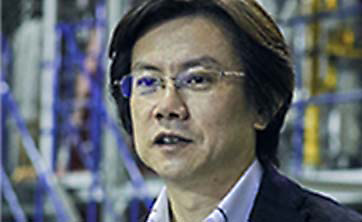Research Center for Fire Safety Science is currently promoting formation of research and education center, and produced two major outcomes, one is the development of“ theory” pertaining to performance-based fire safety design, and the other is the development in“ practice” through experimental research utilizing the full-scale experimental facilities. Upon these two pillars, the Center will further research and deepen our knowledge of how to control the potential fire risks that are increasing along with the emergence of new spatial configurations (high-rise or underground) and use of new materials (e.g. aluminum and plastics). These are inevitable changes brought about by modernization, industrialization and increased need of energy conservation.
Open Call Schedule
The Center invites and accepts research plans from public basically once a year research activities of the selected plans start at the beginning of each academic year. However, research of urgency may be accepted at any point of an academic year as needed.
The rough schedule of the application is as follows:
● Announcement of the theme:early February
● Application period:February to mid-March
● Notification of acceptance:March to April
● Conducting collaborative research:April to next March
● Briefing report of achievement:by next April
Reference Research Theme
[General Category, A ~ F]
A. Fundamental research on building fire safety
(Examples from the past)
◦ An experimental study on measurement method and estimation algorithm of radiant heat flux from large scale facade fire
B. Fundamental research on material combustion science
◦ Measures for controlling fire propagation at the surface of wooden linings
◦ An investigation of the measurement methods of lateral flame spread rate over wall lining materials
◦ FT-IR/Thermal Decomposition Analysis of Surface Combustion
Characteristics in Flame Retardant Cross-Laminated Timber with Intumescent Nano-Clay Composites
C. Fundamental research on fire safety and disaster prevention
◦ An Experimental Study on Fire Prevention Effect with High Viscosity Liquid on A Wood Board
D. Fundamental research on large-scale fire
E. Research on technology and measures pertaining to fire safety
F. R & D issues that can be expected for technological innovation to reduce fire risk
[Emphasis Category, G]( ※)
G. Experimental Research on Building Structural Fire Resistance
(※) Large-scale experimental challenge to use Structural Fire Resistance Furnace, or Multiple Full-scale Furnace
Management Structure and Assessment Procedure
The Research Center for Fire Safety Science Committee“ (the Committee”), playing the central role in the Center, consists of a chairperson and 10 members (5 from inside and 5 from outside of TUS).
The Committee is the supreme decision-making body of the Center that develops a research and operation policy, formulates a management policy (including budget drafting), and plans research projects such as deciding a theme to call for entries.
Aiming to support smooth operation of the Center, the Research Theme Selection Committee and two special committees (called Working Groups or WG) are placed under the Committee. The Research Theme Selection Committee and two special committees function as follows respectively:
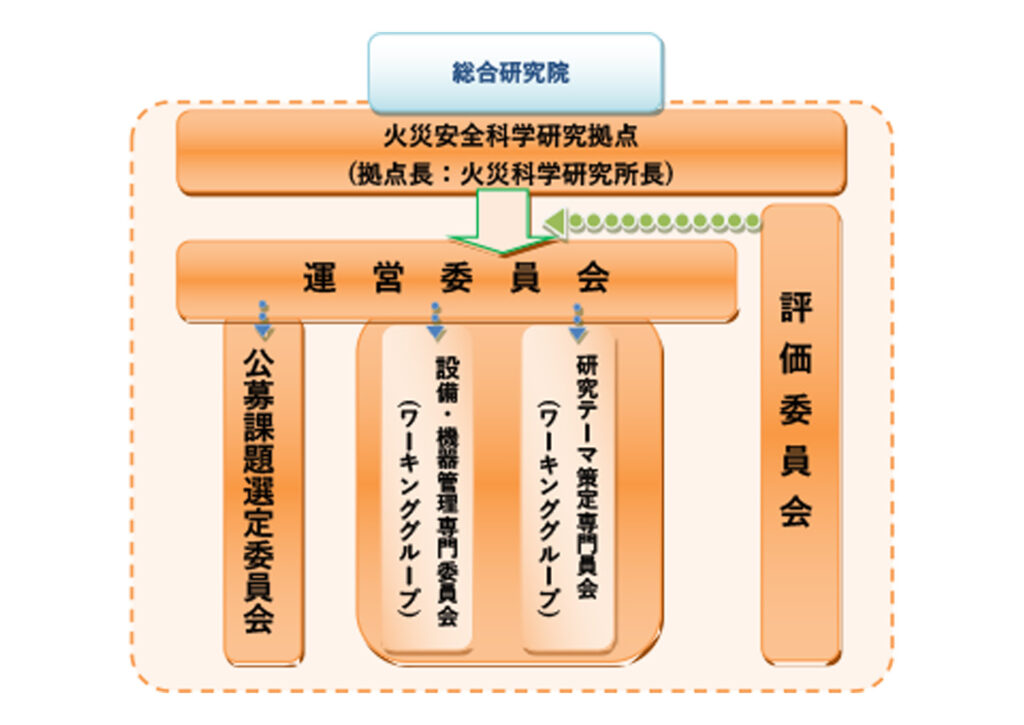
The Research Theme Selection Committee
This committee makes judgment on acceptance or rejection of applications received. Judgment will be made considering whether the research objective is defined clearly, the plan and the methodology are appropriate, proposed budget is reasonable, and whether the research outcome has potential for further development.
Facilities and Equipment Control Committee (WG)
This committee (WG) is primarily involved in the operation planning of the full-scale experimental facilities. It is also responsible for the maintenance of facilities and equipment installed in the institution. In addition, it gives users instruction on how to use these facilities and equipment and on safety control.
The Research Theme Planning Committee (WG)
This committee (WG) draws out research themes and projects that are appropriate for the collaborative use or research and that serve the purpose of the Center and fulfill a social need.
The Assessment Committee
This committee functions as an assessing body of the Center by providing interim and ex-post evaluation on the progress and outcome of research projects.
Promotion of Development for Future Development
The following projects are underway to enhance the functions of internationalization, networking, and human resource development, and to further strengthen the activities of this center:
● Conduct joint research to meet the needs of various industries
● Contribute to public relations activities and human resource development by strengthening our information dissemination capabilities
Example of Available Facilities/Equipment



